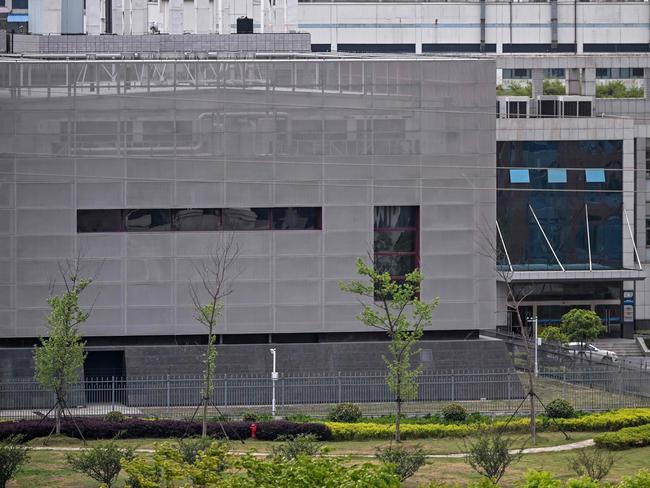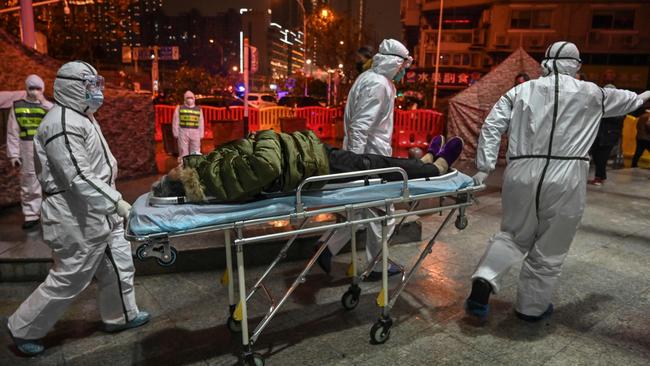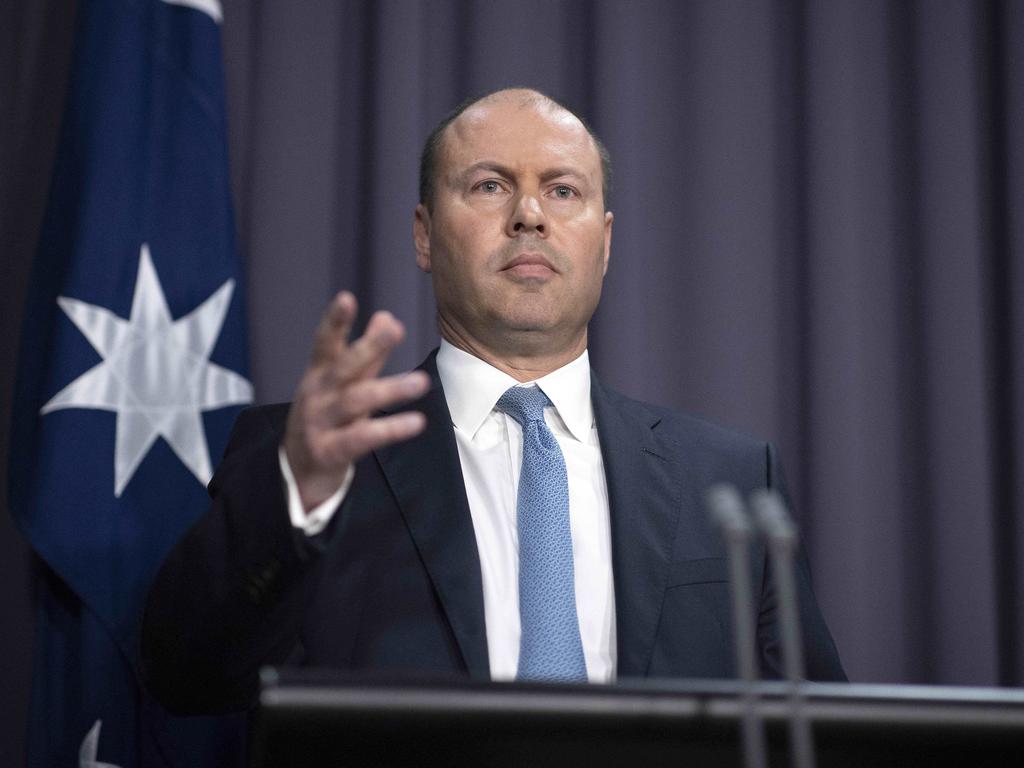Hunt for patient zero has become caught in a clash of great powers
Exactly a year after China revealed it was investigating pneumonia cases of ‘unknown etiology’, the hunt for the origins of COVID-19 has been vexed.

Twelve months ago today China revealed it was investigating pneumonia cases of “unknown etiology”.
For the coronavirus, that is when recorded history began, albeit against resistance. The first whistleblowers were silenced and the first Chinese scientists to publish the virus’s genome were investigated. Even so, we know with greater certainty what happened next: infections spread rapidly in the city of Wuhan and were soon found worldwide.
Before that, we have only a hazy picture. Peter Daszak, president of the US-based Ecohealth Alliance and an expert on the process by which diseases cross over from animals, has been asked by a Lancet commission to solve the riddle of the virus’s origins.
“Right now,” he says, “we can’t rule out any hypotheses.”
Sharpening the picture would be almost unimaginably hard in the best of times. But a question of virology has become one of geopolitics and for scientists in the field it is now impossible to separate their work from accusations and counteraccusations.

“It is extremely unpleasant,” says Francois Balloux, director of University College London’s Genetics Institute. “Extremely toxic.”
Linfa Wang, head of the emerging infectious diseases program at Duke-NUS Medical School in Singapore, says the debate has caused schisms. “I have zero collaboration from Chinese scientists dealing with COVID-19,” he says. “The sensitivity is so much that they are scared and I’m scared.”
As for Dr Daszak, he says: “If you had no politics, no conspiracy theories, no geopolitical pressure, no previous US State Department heads who said, ‘China’s to blame for this outbreak and there need to be reparations’ it would be straightforward to find a lot more out.”
They could track early cases, survey wildlife for similar viruses and trawl bloodbanks for signs of antibodies. “It would still normally take a couple of years but scientists working together can do a lot to get closer to the origins.”
Dr Daszak says the first human case of the virus — patient zero — will still most likely be found where bats and people meet.
“In rural China people are highly exposed to bats. They hunt bats, eat bats. They take bats out of nets with their hands, they get bitten. They cut the bats up to eat them. They get blood and faeces and guts on themselves.
“Some people go into caves with long sticks with spikes on the top and spike them. So there’s blood and urine and faeces dropping all in one go. People get bat faeces out of the caves, and spread it on vegetable gardens. We have even heard of eyedrops that use bat faeces.”

This is now the main hypothesis: sometime in the northern autumn someone ate, breathed or eyedropped a bit of infected bat into their body. The virus changed hosts, found it could spread, and it was only a matter of time before pneumonia cases of “unknown etiology”.
For good reasons and bad many of the clues that could help us to retrace the virus from before that New Year’s Eve communique are lost. But there is one clue that cannot be lost.
Mutations in the genome are like a clock that ages the virus. Take all the variants and count back through mutations and you find the common ancestor. That ancestor? A virus that replicated itself in October or November last year in China.
“There are good reasons to presume this was the original host jump; the point where it came from animals,” Professor Balloux says.
But there is a wrinkle in this timeline. In September last year a lung cancer screening trial took place in Italy. The 959 patients involved gave blood, which was frozen and stored. This year scientists reanalysed the blood, not for cancer but for signs of the coronavirus. In that blood, six months before COVID-19 would overwhelm the country’s health service, and four months before it was meant to be in Europe, antibodies specific to the virus were discovered.
Most researchers say these findings must be false positives. Not Professor Wang. Imagine, he says, that the virus did not arrive in humans in its present form. If when it first explored its first human host, it was neither as well adapted nor as deadly. There are many coronaviruses. This one could perhaps have long gone unnoticed. Then one day, close to a seafood market in Wuhan, the virus mutated into a scarier version — the single ancestor seen by Professor Balloux.
“Is COVID-19 a brand-new virus with no relatives, that just jumped into humans in Wuhan in December?” asks Professor Wang. “Or is it a variant of one or more close cousins, which are not as transmissible, not as virulent, but to which humans have been exposed in unspecified locations, including Italy?”
But another mystery has been puzzling scientists: why the virus is so good at what it does. “One scenario is that it was just apparently very lucky,” says Alina Chan, from the Broad Institute in the US.
“Somehow the virus that recently spilled over from animals to humans was really super-good at infecting humans, and it just popped over.”
Along with her colleague Shing Zhan, from the University of British Columbia, Dr Chan was one of the first to research this oddity, writing a paper examining the virus’s apparent lack of need to adapt. She was also one of the first, publicly at least, to propose another explanation: could it be that we carried out the adaptation ourselves?

In the centre of Wuhan is the Wuhan Institute of Virology. Here, bat coronaviruses are studied and stored. We now know that one of the bat coronaviruses there, Ratg13, is the closest known relative to the pandemic strain. From the start of the pandemic, often in seedier parts of the internet, people have asked whether this is coincidence and been branded conspiracy theorists.
Dr Daszak has been prominent among those attacking the idea and its promoters.
It is not that Dr Chan thinks the virus definitely came from the lab. It is just that she doesn’t understand why others are so sure it didn’t. Mistakes happen. So do cover-ups.
“No country wants to admit they have covert human pathogen research, ongoing that is causing mass death around the world,” she says.
Publicly, many senior scientists have opposed this idea.
“We ... strongly condemn conspiracy theories suggesting that COVID-19 does not have a natural origin,” one group wrote in The Lancet in February. Privately, some scientists say it was not so absurd.
Professor Balloux says there is no evidence in the genome to support engineering. “There is nothing notable to distinguish this from other natural coronaviruses circulating in humans,” he says. However, “I cannot disprove it is the work of some nefarious boffin.”
The answers lie in the tiniest of events: a virus particle finding its way into a human. Will we ever identify, or even come closer to, that first case? “We dance around uncertainty,” Dr Zhan says. “And I see no end of uncertainty.”
The Times
More Coverage







To join the conversation, please log in. Don't have an account? Register
Join the conversation, you are commenting as Logout